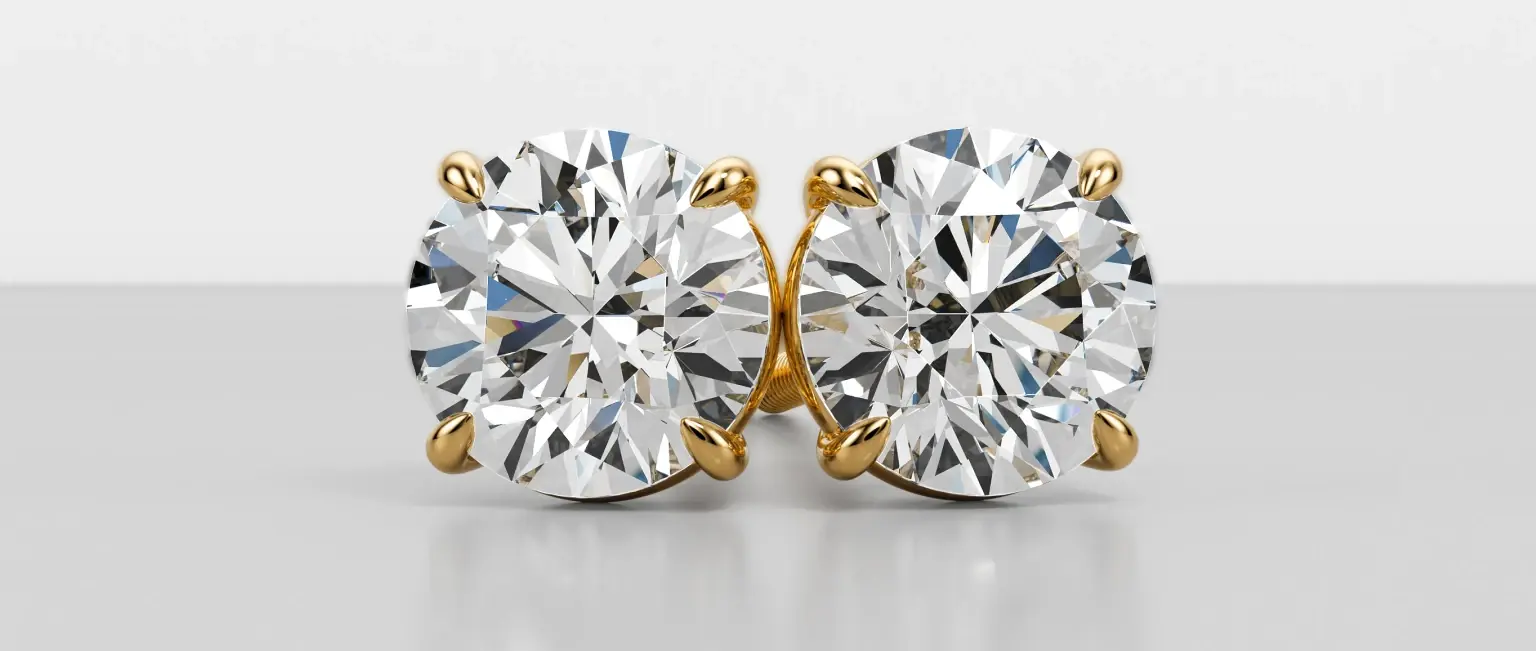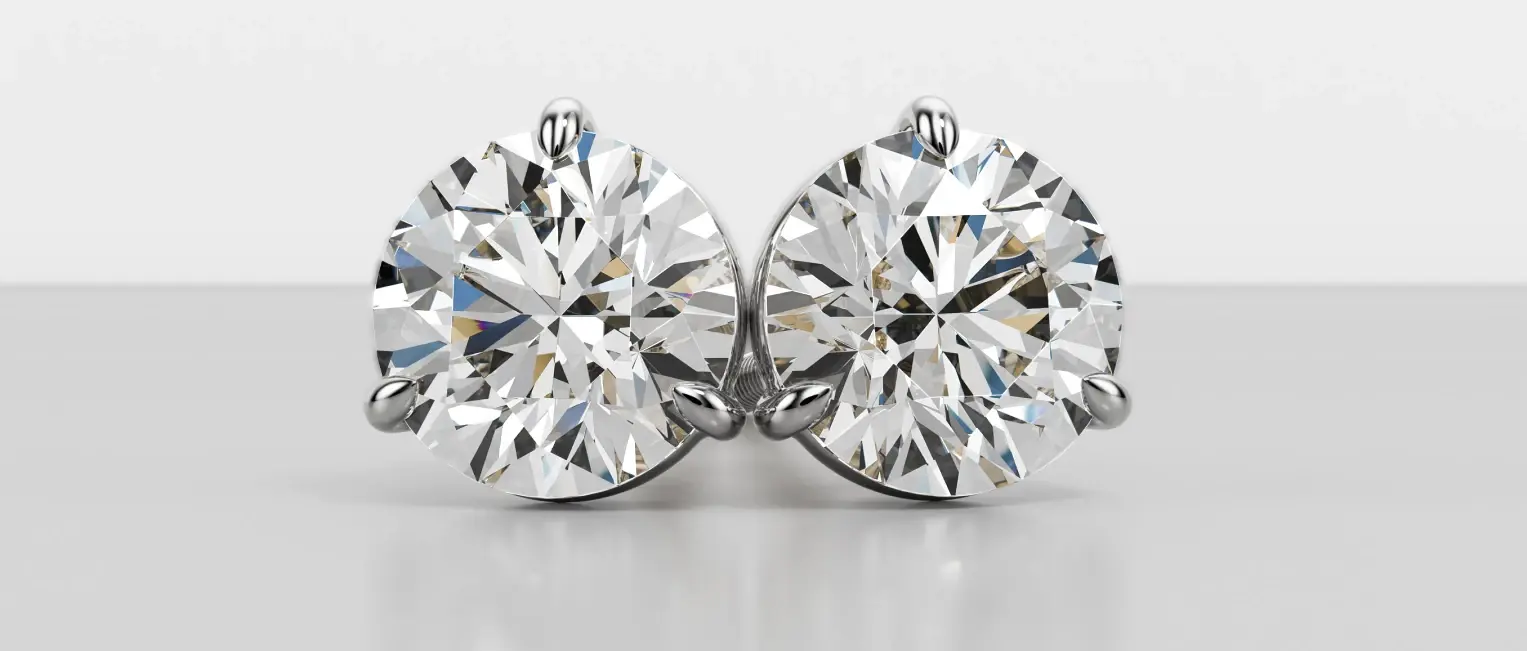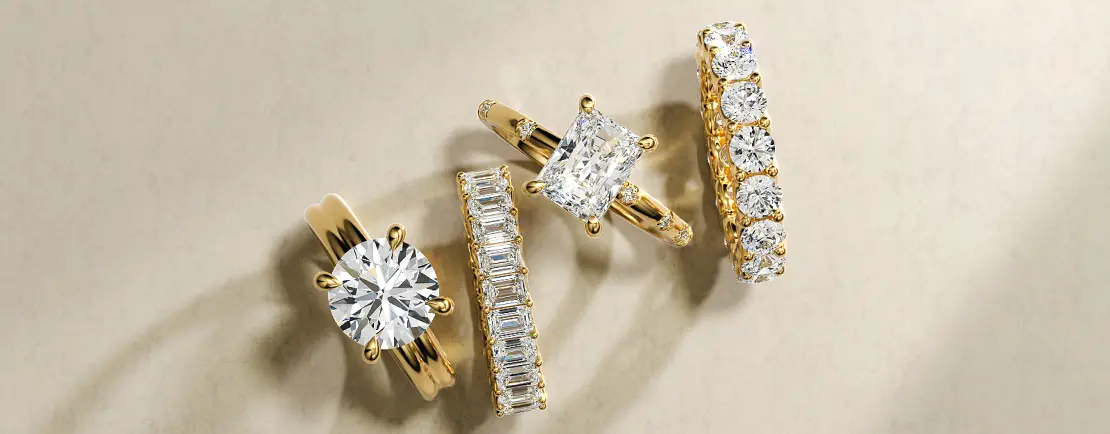- Home
- /
- Diamond education
- /
- Diamond Anatomy
- /
- Diamond Culet
Diamond Culet
- What Is It, and Why Is It Important?
April 15, 2023

What Is a Diamond Culet?
The culet of a diamond refers to the bottom tip at the base of the stone. It is typically not seen by the naked eye, since it is the bottom-most facet- opposite to the table. It typically is the pointed tip of the diamond, but certain stones have an additional facet at the culet that is parallel to the diamond’s table.
Culets were historically used to protect the stone- the sharp tip prevents breakage from heavy force from strong materials. The ideal cutlet is graded as small or none, which contributes to a GIA Excellent cut grade. A faceted culet is cut to help protect the diamond from splitting or getting chipped. Diamond culets are sometimes cut parallel to the table of the diamond adding brilliance and refraction.

The grading scale is set by visibility and can be found on the GIA certification. A diamond culet with a grading of Large or bigger can typically be seen by the naked eye. The grading scale is as follows:
- None - A diamond with no culet facet.
- Very Small - A diamond with a culet of less than 1.5% of its average diameter.
- Small - A diamond with a culet of approximately 1.5% of its average diameter.
- Medium - A diamond with a culet of approximately 3% of its average diameter.
- Slightly Large - A diamond with a culet of approximately 5% of its average diameter.
- Large - A diamond with a culet of approximately 7% of its average diameter.
- Very Large - A diamond with a culet of approximately 11% of its average diameter. A Very Large culet will be easy to see when the diamond is viewed from above.
- Extremely Large- A diamond with a culet of 15% or more of its average diameter.
Does a diamond’s culet affect its appearance?
Historically, large culets were typical for diamond engagement rings. A prominent culet is most commonly seen with Old Mine and Old European cuts. In more modern times, large culets are less favorable because the additional facet lets light escape causing the diamond to have less brilliance. Additionally, a large culet is noticeable to the naked eye, which can cause the observer to think there are inclusions that don’t actually exist.
In cases that a culet is off-center when you are looking through the table, the diamond may look slanted or asymmetric which is typically not desirable.
How do they grade a Diamond Culet?
Generally, diamonds with a small or no culet will be considered better quality according to the grading system. Because the culet of a diamond is typically such a small detail, gemologists will use 10x magnification when grading the diamond. Small or no culet grades will provide a diamond with optimal brilliance. As the culet is pointed, there’s no risk of you seeing it from the top of the diamond.





















